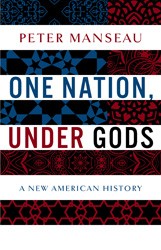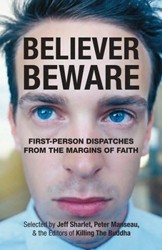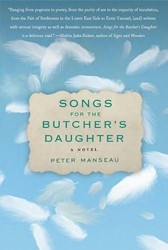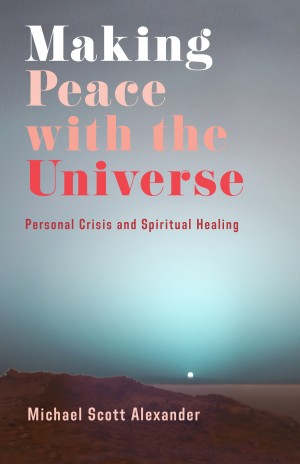By
– August 24, 2011
Believing in relics is like believing in G‑d Himself: it takes a lot of faith to believe in something you can’t be 100% certain of. That a devotee would travel a great distance, pay a hefty fee, and entrust prayers upon a tooth, bone, ashes, or hair that cannot be proven as authentic, demonstrates that faith. For journalism professor, theology student, and four-time author Peter Manseau, following relics was less about faith in the objects than curiosity about the faithful, as chronicled in his latest work, Rag and Bone: A Journey Among the World’s Holy Dead. While simony, or the buying and selling of religious objects and offices, is forbidden in Christianity, Manseau reveals a history of relic trading under the guise of “donations” that is all at once sexy, dangerous, and quite lucrative. Stories of devotees kissing dead saints’ feet, only to bite off a toe in order to create their own saint’s toe-focused tourist destination, are not uncommon.
But it’s not just Christians making the big bucks. In one chapter, Manseau visits the Heart Shrine Relic Tour, which charges devotees to look at relics that are said to have been found among the cremation ashes of Buddhist masters. Profits from the tour will fund the construction of a $200 million dollar Buddha statue, twice as tall as the Statue of Liberty, to be built in India. Rag and Bone: A Journey Among the World’s Holy Dead, reads like a travel-writer’s diary: Manseau treks around the world to see the relics, providing a pithy version of each bizarre object and offering sweet anecdotes of the caregivers and followers. Even if a reader has no interest in the relic itself, one will be delighted by the journey Manseau describes from almost burning himself on the hot coals he tucks into his jacket for warmth while discussing Mohammed’s chin hair with elders in Kashmir, to playing “chains” with students in Goa, India, who insist on calling their new USA friend “Peter Parker.” Thankfully absent from Manseau’s prose is a skeptical tone, which, for any other writer, might be all too easy. After all, no community, religious or otherwise, is without relics; Teddy Roosevelt was said to have worn a ring with an embedded piece of Lincoln’s hair in it. Even Jews, who don’t believe in relics, have a story in the Book of Kings, which recounts a corpse that touches the Prophet Elijah’s bones, and the deceased comes back to life.
Ultimately, for Manseau, the reason relics are worth following seems to be revealed in an interview with an American-born Russian Orthodox nun, in Jerusalem. Sister Catherine takes care of the remains of one Saint Elizabeth and in describing her understanding of the relics in her charge she says, “We don’t pray to (her) bones; we pray to live the kind of lives those bones lived, and to die their kind of death.”
But it’s not just Christians making the big bucks. In one chapter, Manseau visits the Heart Shrine Relic Tour, which charges devotees to look at relics that are said to have been found among the cremation ashes of Buddhist masters. Profits from the tour will fund the construction of a $200 million dollar Buddha statue, twice as tall as the Statue of Liberty, to be built in India. Rag and Bone: A Journey Among the World’s Holy Dead, reads like a travel-writer’s diary: Manseau treks around the world to see the relics, providing a pithy version of each bizarre object and offering sweet anecdotes of the caregivers and followers. Even if a reader has no interest in the relic itself, one will be delighted by the journey Manseau describes from almost burning himself on the hot coals he tucks into his jacket for warmth while discussing Mohammed’s chin hair with elders in Kashmir, to playing “chains” with students in Goa, India, who insist on calling their new USA friend “Peter Parker.” Thankfully absent from Manseau’s prose is a skeptical tone, which, for any other writer, might be all too easy. After all, no community, religious or otherwise, is without relics; Teddy Roosevelt was said to have worn a ring with an embedded piece of Lincoln’s hair in it. Even Jews, who don’t believe in relics, have a story in the Book of Kings, which recounts a corpse that touches the Prophet Elijah’s bones, and the deceased comes back to life.
Ultimately, for Manseau, the reason relics are worth following seems to be revealed in an interview with an American-born Russian Orthodox nun, in Jerusalem. Sister Catherine takes care of the remains of one Saint Elizabeth and in describing her understanding of the relics in her charge she says, “We don’t pray to (her) bones; we pray to live the kind of lives those bones lived, and to die their kind of death.”
Margaret Teich is a freelance environmental writer and eco-consultant living in New York City. Check out her blog, Gspotting.net.





